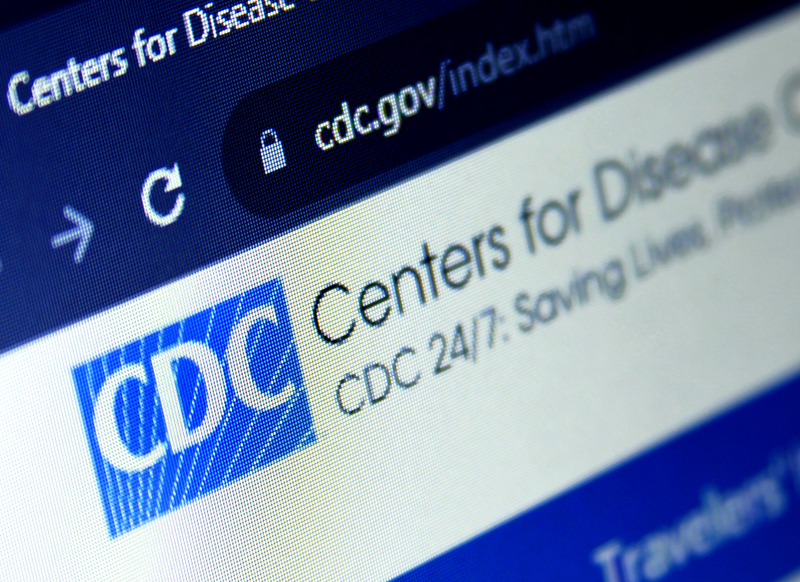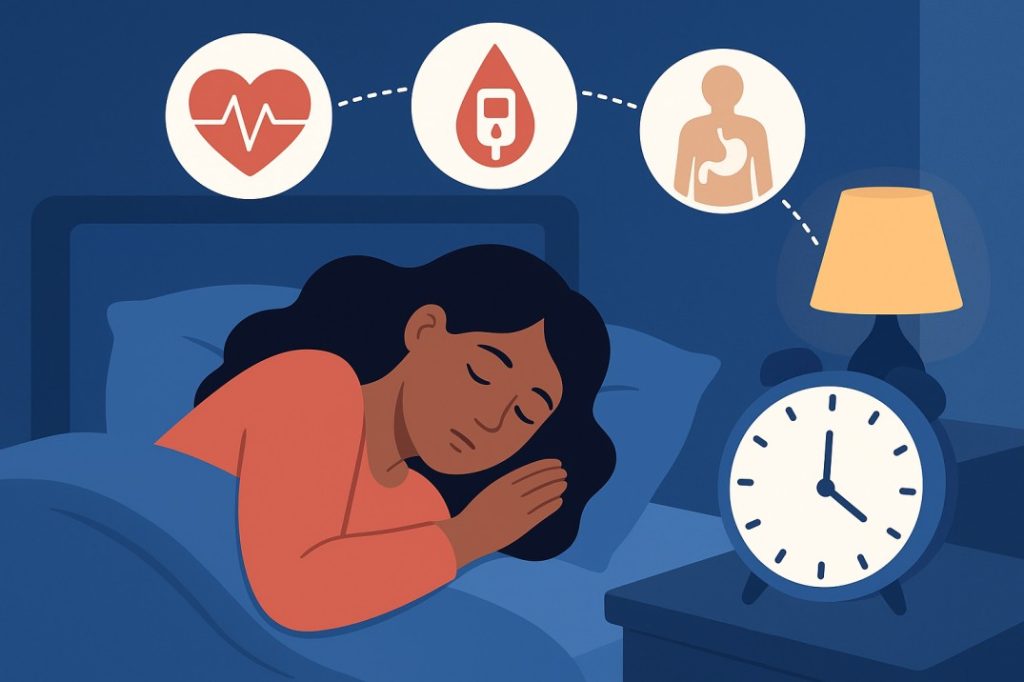Diabetes
Association of fruit and vegetable color with incident diabetes and cardiometabolic risk biomarkers in the United States Hispanic/Latino population
Background:
Color groups of fruits and vegetables (FV) are part of a healthy diet, but evidence for an association with cardiometabo...
Mobile Health to Improve Hypertension and Diabetes Health Literacy Among Asian Indian Migrants to Hong Kong
. 2021 Sep 10;40(4):269-277.
doi: 10.1097/CIN.0000000000000807.
Affiliations
Expand
...
Centering the Strengths of American Indian Culture, Families and Communities to Overcome Type 2 Diabetes
doi: 10.3389/fpubh.2021.788285.
eCollection 2021.
Melissa Walls
1
, Rachel Chamb...
Healthful eating patterns, serum metabolite profile and risk of diabetes in a population-based prospective study of US Hispanics/Latinos
Aims/hypothesis:
We aimed to evaluate associations of multiple recommended dietary patterns (i.e. the alternate Mediterranean diet [...
Diabetic Limb Amputation Rates Among Racial, Ethnic Minorities Improve Following Medicaid Expansion
Data from states that enacted Medicaid expansion early on under the Affordable Care Act (ACA) revealed improvements in amputation rates for diabeti...
Text Message Intervention for Latino Adults to Improve Diabetes Outcomes
Introduction: Determine the effectiveness of a diabetes text message intervention to improve diabetes outcomes in Latino adults at a free clinic in...
Trending Topics
Features
- Drive Toolkit
Download and distribute powerful vaccination QI resources for your community.
- Health Champions
Sign up now to support health equity and sustainable health outcomes in your community.
- Cancer Early Detection
MCED tests use a simple blood draw to screen for many kinds of cancer at once.
- PR
FYHN is a bridge connecting health information providers to BIPOC communities in a trusted environment.
- Medicare
Discover an honest look at our Medicare system.
- Alliance for Representative Clinical Trials
ARC was launched to create a network of community clinicians to diversify and bring clinical trials to communities of color and other communities that have been underrepresented.
- Reducing Patient Risk
The single most important purpose of our healthcare system is to reduce patient risk for an acute event.





















